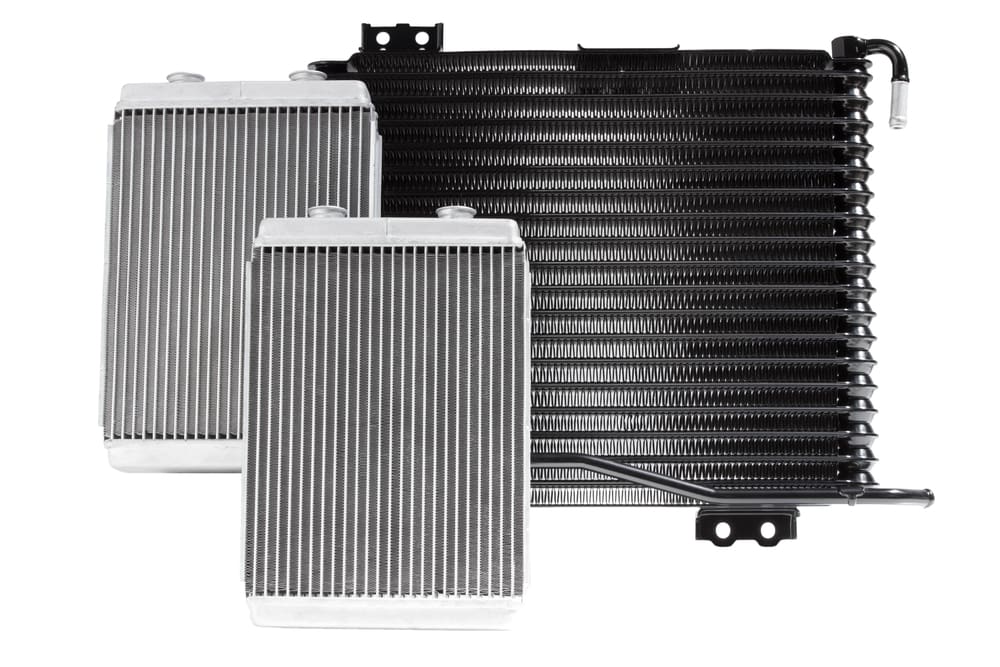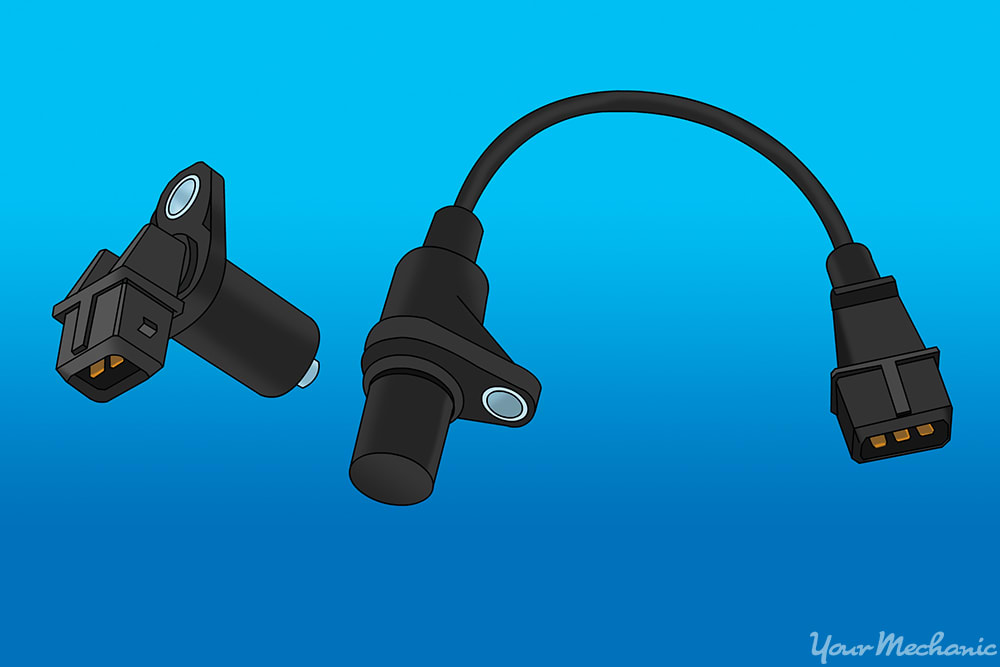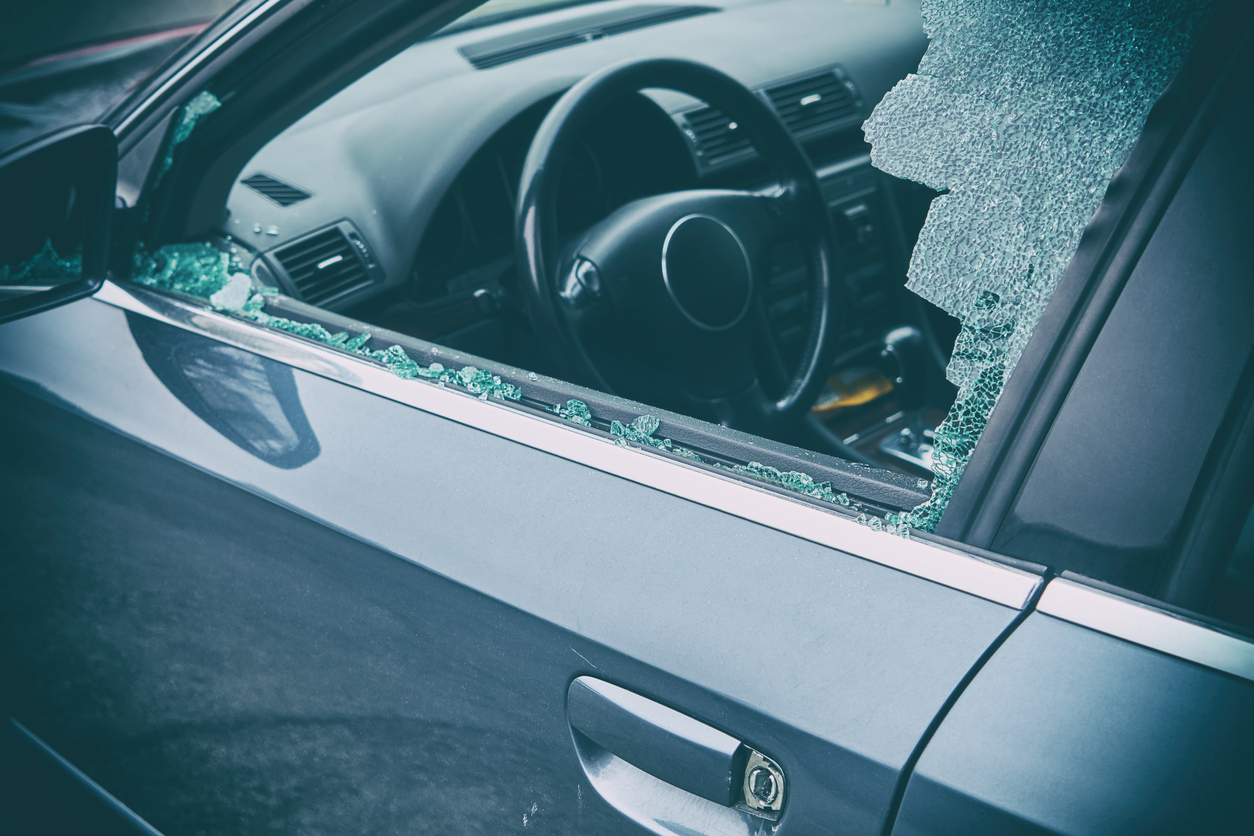How Long Can You Drive With P0420 Code
You can drive with a P0420 code until the car becomes noticeably less efficient or fails to start. Driving duration varies as the code signifies catalyst system efficiency below threshold.
The P0420 diagnostic trouble code is a clear signal that your vehicle’s catalytic converter is not operating at optimal efficiency. As a car owner or driver, encountering this code can be a sign of concern, since the catalytic converter plays a pivotal role in reducing exhaust emissions.
The immediate effects of driving with this code may not be apparent, leading some to continue their routine driving for a while. However, the long-term implications could mean more significant damage to your vehicle’s exhaust system, potential environmental harm, and eventually, the necessity for costlier repairs. Keep in mind that while the car can still run, the root cause of the P0420 code could gradually lead to more serious issues such as reduced fuel economy and performance, thus it’s wise to address the problem sooner rather than later.
The P0420 Code: Identifying The Culprit
Understanding your vehicle’s health is crucial for a safe driving experience. The P0420 code is a diagnostic trouble code (DTC) that indicates an issue with your car’s catalytic converter’s efficiency. Identifying what triggers this code is essential to prevent possible long-term damage to your vehicle. Let’s delve into the symptoms and common causes that set off the P0420 code.
Symptoms Of A P0420 Code
Symptoms of a P0420 code can vary from subtle to more noticeable ones. Your car might give you these signs:
- Check Engine Light illuminates on your dashboard.
- Reduced fuel efficiency.
- Limited acceleration performance.
- Hesitation or stuttering during driving.
Common Causes Triggering The Code
Various factors may lead to the P0420 code being triggered. It’s essential to intercept these culprits early:
| Common Cause | Description |
|---|---|
| Faulty Catalytic Converter | This is the primary suspect when the code appears. |
| Oxygen Sensor Malfunction | An erroneous sensor reading can cause the code to set off. |
| Exhaust Leak | A leak can affect the converter’s ability to function. |
| Misfires | Engine misfires can send raw fuel into the converter, causing damage. |
| Incorrect Fuel Usage | Using leaded or low-quality fuel can deteriorate the converter. |

Credit: www.way.com
Impact On Vehicle Performance
Encountering the P0420 code can suggest your vehicle’s catalytic converter isn’t working right. This issue can lead to a range of performance problems. Your car might feel sluggish. Fuel economy might drop. It’s wise to understand the implications.
Engine Efficiency Concerns
With the presence of a P0420 code, your engine may not run smoothly. This code indicates that the catalytic converter is not efficiently reducing engine pollutants. The result? Your engine might misfire. You’ll likely notice reduced acceleration, and your vehicle could consume more fuel than normal. It’s essential to monitor these signs closely.
- Reduced acceleration – Engine can’t keep up.
- Poor fuel economy – More trips to the gas station.
- Engine misfire – Car feels rough, jerky.
Potential Damage To The Catalytic Converter
Ignoring the P0420 code is risky. Your catalytic converter could get worse. The longer you drive, the more damage could happen. Fixing catalytic converters costs a lot. Don’t wait.
| Time Driven | Potential Impact |
|---|---|
| Short Term | Minimal effect on converter |
| Long Term | Damages increase, higher repair costs |
Driving Duration With A P0420 Code
The P0420 code signals an issue within your vehicle’s exhaust system. But just how long can you keep driving with this code active? The answer depends on your car’s condition and how it’s handling the trouble code. Let’s dive into the short-term implications and the risks of extended driving with a P0420 code present in your vehicle.
Short-term Implications
Initially, driving with a P0420 code may not show clear signs of trouble. Your car might run as usual, without any dramatic changes in performance. Check out these short-term effects:
- Potential for minor loss in fuel efficiency.
- Might pass unnoticed in everyday driving.
- Check engine light will stay lit.
Risks Of Extended Driving
Continuing to drive for long periods with a P0420 code can lead to more significant issues. These could hit your wallet hard. Here’s a breakdown of the risks:
- Diminished fuel economy over time becomes more pronounced.
- Increased emissions, leading to failed inspections and environmental harm.
- Potential damage to the catalytic converter, resulting in costly repairs.
Carefully weigh these risks against the urgency of your travel. Immediate inspection and repair are always the best courses of action to prevent further damage to your vehicle.

Credit: carjustify.com
Diagnostic Steps To Take
Seeing a P0420 code pop up on your dashboard can be concerning, but with the right diagnostic steps, you’ll know how best to address the situation. This code suggests that your vehicle’s catalytic converter is not working as efficiently as it should. The steps below will guide you through troubleshooting and determining when it’s time to consult a professional mechanic.
Initial Troubleshooting
The first steps in handling a P0420 code involve a few simple checks:
- Inspect the exhaust system for leaks.
- Check the oxygen sensor for proper operation.
- Examine the catalytic converter for damage.
- Review the car’s maintenance history.
These actions help identify obvious issues that may trigger the P0420 code. Don’t overlook regular vehicle maintenance, which can prevent many common problems.
When To Consult A Professional
If initial steps don’t clear the code, seeking professional help is crucial.
- Visit a mechanic if the code persists.
- Ensure they use advanced diagnostic tools.
- Get a detailed inspection of the car’s emissions system.
Professionals can pinpoint the underlying cause and suggest the best repair options. Ignoring the code can lead to more expensive problems down the road.
Resolving The Issue
Resolving the issue of a P0420 code means addressing the underlying cause. This code signals that your vehicle’s catalytic converter is not functioning as efficiently as it should. Ignoring it can lead to more severe problems. Quick action preserves your car’s health and performance.
Temporary Fixes Vs. Long-term Solutions
When the P0420 code flashes up, you might be tempted to look for a quick fix. Some drivers use fuel additives or reset their car’s computer as a temporary band-aid. These methods might clear the code temporarily, but they don’t solve the root problem. Long-term solutions involve part replacement or more detailed repairs. Let’s explore these options:
- Replacing the catalytic converter: This is the most effective, but costlier, solution.
- Oxygen sensor replacement: If sensors are faulty, replacing them might resolve the issue.
- Exhaust system repair: Fix any leaks or damage in the exhaust.
- Engine tune-up: A well-maintained engine reduces the strain on the catalytic converter.
Cost Implications Of Repairs
Repair costs can vary widely based on the solution you choose. Let’s talk numbers:
| Repair Type | Cost Range |
|---|---|
| Oxygen Sensor Replacement | $200-$500 |
| Exhaust System Repair | $100-$1,000 |
| Catalytic Converter Replacement | $950-$2500 |
| Engine Tune-up | $40-$150 |
Some variables impacting cost include make and model of the vehicle, part quality, and labor charges. Check warranties too. Your catalytic converter might still be under the manufacturer’s warranty. This could save you a significant amount. Seeking professional advice is critical; a trusted mechanic can provide a precise diagnosis and recommend the best course of action.

Credit: m.youtube.com
Preventative Measures And Maintenance
Encountering the P0420 code indicates your vehicle’s catalytic converter isn’t functioning as efficiently as it should. While you might be able to drive for a while with this issue, it’s crucial to focus on preventative measures and maintenance to mitigate potential damage to your vehicle. Keeping your car in top condition with the following steps can save you from expensive repairs down the road.
Routine Check-ups
Scheduled maintenance is vital for your vehicle’s health. Remember these key points:
- Oxygen sensor and catalytic converter inspections.
- Regularly change engine oil and filters.
- Check engine performance to avoid unnecessary strain on the catalytic converter.
Mark your calendar for these routine check-ups.
Adopting Good Driving Habits
Good driving habits not only prolong vehicle life but also help avoid P0420 codes. Here’s how:
- Avoid short trips that prevent the catalytic converter from reaching operating temperature.
- Maintain steady speeds and avoid rapid acceleration to reduce stress on your car’s systems.
- Use the recommended fuel type to prevent potential fuel system issues.
Adapting these habits will keep the engine and catalytic converter functioning effectively.
Frequently Asked Questions Of How Long Can You Drive With P0420 Code
What Does A P0420 Code Indicate?
A P0420 code indicates that the efficiency of the catalytic converter is below the threshold for optimal performance. This typically points to a problem with the emission control system.
How Urgent Is A P0420 Code Repair?
Urgency for a P0420 code repair can vary. While your vehicle may run normally in the short term, long-term driving without addressing the issue could lead to more significant damage to the catalytic converter or other components.
Can You Drive Long Distances With P0420?
Driving long distances with a P0420 code is not recommended. While the vehicle might perform without noticeable issues, it can cause further damage over time, leading to costly repairs.
What Causes A P0420 Code To Appear?
A P0420 code can appear due to several reasons such as a faulty catalytic converter, oxygen sensors failure, exhaust leak, or malfunctioning fuel system components.
Conclusion
Driving with a P0420 code is a gamble with your car’s health. Address the issue swiftly to maintain performance and avoid costly repairs. Remember, a quick response could mean the difference between a simple fix or a complete system overhaul.
Prioritize your vehicle’s needs for a smooth, efficient ride.







